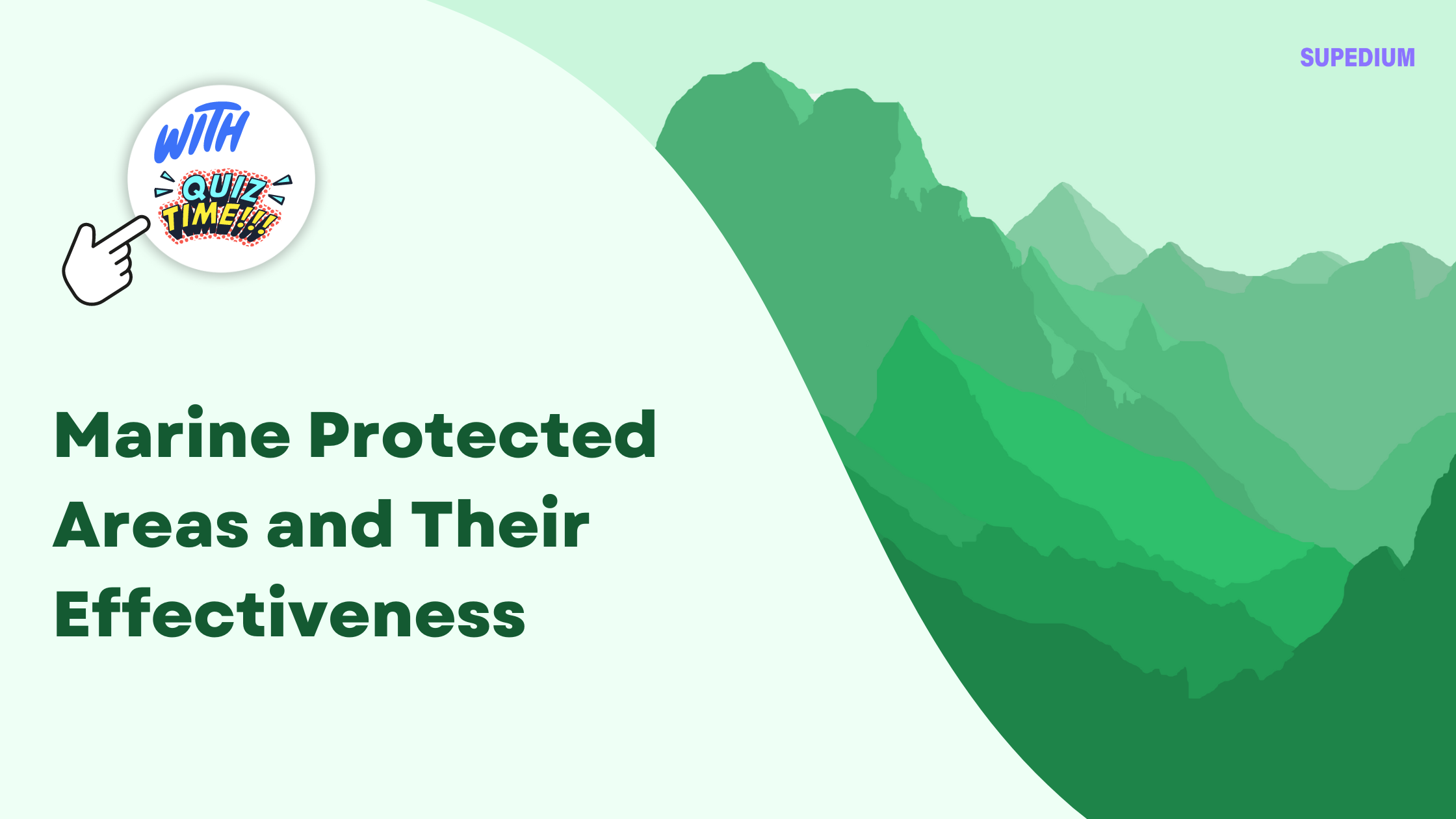Table of Contents
![]()
Marine Protected Areas (MPAs) are designated regions in the ocean where human activity is restricted to conserve marine ecosystems and biodiversity. These areas are crucial for the health of marine environments, providing safe havens for species, supporting sustainable fisheries, and preserving vital ecosystem services. This article explores the history, objectives, types, effectiveness, and future directions of MPAs.
History and Development of MPAs
Marine conservation has evolved significantly over the years. Early marine protection efforts began in the 20th century, with pioneers recognizing the need to safeguard critical marine habitats. The concept of MPAs gained momentum through international agreements and frameworks designed to address global marine conservation challenges. Key milestones include the Convention on Biological Diversity (CBD), which emphasizes the importance of MPAs in conserving marine biodiversity, and the United Nations Sustainable Development Goals (SDGs), which highlight the need for ocean protection and sustainable use.
Regional agreements have also played a crucial role. For example, the OSPAR Convention focuses on the protection of the North-East Atlantic, while the SPAW Protocol aims to protect the Caribbean Sea and its coastal areas. These frameworks provide a structured approach to establishing and managing MPAs, reflecting a growing recognition of the need for coordinated global efforts to protect marine environments.
Objectives of MPAs
The primary objectives of MPAs are multifaceted, encompassing conservation, management, and research goals:
- Biodiversity Conservation: MPAs aim to protect a wide range of marine species and habitats, including endangered and vulnerable species. By safeguarding these areas, MPAs help preserve genetic diversity and prevent the loss of crucial marine ecosystems.
- Fisheries Management: MPAs contribute to the sustainable management of fisheries by allowing fish populations to recover and thrive. In no-take zones, where all forms of fishing are prohibited, fish stocks can replenish, leading to spillover effects that benefit adjacent fishing areas.
- Ecosystem Health and Resilience: MPAs play a critical role in maintaining the health and resilience of marine ecosystems. They help restore degraded habitats, support ecological processes, and enhance the overall functionality of marine environments.
- Scientific Research and Education: MPAs provide valuable opportunities for scientific research, offering a controlled environment to study marine ecosystems and species. They also serve as educational tools, raising public awareness about marine conservation and the importance of protecting ocean habitats.
Types of MPAs
MPAs can vary significantly in terms of their management and protection levels:
- Strict Nature Reserves: These areas are designated for scientific research and conservation, with minimal human activity allowed. They serve as baseline environments for studying natural processes and assessing the impacts of human activities.
- National Parks: Marine national parks often allow limited human activities, such as tourism or recreational fishing, under strict regulations. They aim to balance conservation with recreational use, providing protection while enabling public enjoyment and appreciation of marine environments.
- Marine Reserves: In these areas, fishing and other extractive activities are prohibited to protect specific species or habitats. Marine reserves are essential for conserving critical habitats and ensuring the recovery of overexploited species.
- Multiple-Use MPAs: These zones incorporate various levels of protection and permitted activities, balancing conservation goals with economic and recreational uses. Multiple-use MPAs aim to accommodate diverse stakeholder interests while achieving conservation objectives.
Effectiveness of MPAs
Evaluating the effectiveness of MPAs involves assessing their impact on biodiversity, ecosystem health, and human activities:
- Indicators of Effectiveness: Key indicators include improvements in biodiversity and species recovery, changes in fish populations, habitat condition, and ecosystem health. Compliance and enforcement levels also play a crucial role in determining the success of MPAs.
- Success Stories and Case Studies: Several MPAs have demonstrated notable success. For instance, the Great Barrier Reef Marine Park has contributed to the recovery of coral reef ecosystems and supported sustainable tourism. Similarly, no-take zones in the Philippines have led to significant increases in fish biomass and biodiversity.
- Challenges and Limitations: Despite their benefits, MPAs face several challenges. Inadequate funding and resources can hinder effective management and enforcement. Additionally, conflicts with local communities and stakeholders may arise, particularly when access to traditional fishing grounds is restricted. Climate change and other external pressures also pose significant threats to the effectiveness of MPAs.
- Monitoring and Evaluation: Effective monitoring and evaluation are essential for assessing MPA effectiveness. Methods include ecological surveys, fishery data analysis, and stakeholder feedback. Adaptive management approaches, which involve regularly reviewing and adjusting MPA strategies, are crucial for addressing emerging challenges and improving outcomes.
Future Directions
Looking ahead, several key areas need attention to enhance the effectiveness of MPAs:
- Expanding MPA Networks: Increasing the coverage and connectivity of MPAs is vital for creating a comprehensive network of protected areas. Integrating MPAs into broader marine spatial planning can enhance their effectiveness and support ecosystem resilience.
- Enhancing Community Engagement: Involving local communities in MPA management is crucial for ensuring that conservation efforts are socially equitable and effective. Addressing socio-economic impacts and benefits can help build support and cooperation among stakeholders.
- Advancements in Technology: Technological innovations, such as satellite monitoring and Geographic Information Systems (GIS), can improve MPA management and enforcement. These tools enable more accurate data collection, real-time monitoring, and better decision-making.
Conclusion
Marine Protected Areas are essential tools for conserving marine biodiversity, managing fisheries, and maintaining ecosystem health. While significant progress has been made, ongoing challenges and emerging threats require continued commitment and innovation. By expanding MPA networks, engaging communities, and leveraging technological advancements, we can enhance the effectiveness of MPAs and ensure the long-term protection of our ocean environments.






Be the first to comment